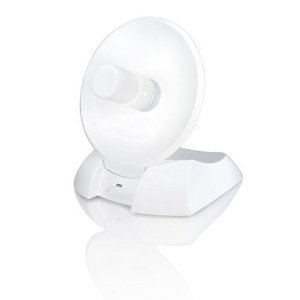What WiFi Direct is and is not


It's a good replacement for Bluetooth, in that manufacturers can now support one standard for short distance peer-to-peer communications.
Never mind that Bluetooth (or even Zigbee) might have technical advantages or a big installed base. Their use in the field just hasn't taken off.
Even when people have Bluetooth they often don't use it except to play Borg Ears with their mobile phones. (I find the Bluetooth in the ear look to be almost as dorky as a shaved head.) Call it WiFi and people might use it, in their printers, or TVs, and reduce that nest of wires around their desks to something manageable.
As Larry Magid notes in his podcast, WiFi Direct could also have impact in the mobile world. Since its range is a little longer than Bluetooth, people could use it to sync mobile files, or connect with kiosks. I'm not terribly worried about security since most hotspots now are secured.
Which brings me to what WiFi Direct doesn't do.
What it doesn't do is change the communication landscape appreciably. You still need backhaul to get a WiFi signal to the Internet. Building an adhoc network inside the coffee shop doesn't let you reach the wider world.
Although, with a little imagination, this could change. Consider a small shopping district. WiFi Direct could create a mesh of signals within that district that a single router might then represent for backhaul purposes. Aggregate backhaul needs and you are a worthwhile client for fiber connections.
Or consider what happens once Super WiFi gear comes on stream. These backhaul signals could be aggregated into a single Super WiFi router, whose directional antenna might reach a fiber presence directly. even if it is many miles away. When WiFi was new, 10 years ago, this was the dream of the Pringle Cans. With Super WiFi that dream becomes possible.
All that is for later, of course. For now you've got a Bluetooth replacement, another way of connecting your printer to the kids' room. No big deal.
But let's see what innovators do with it. This is the beauty of communication defined by hardware standards rather than ownership of spectrum. How much bigger might the Internet be if all wireless were run like WiFi?